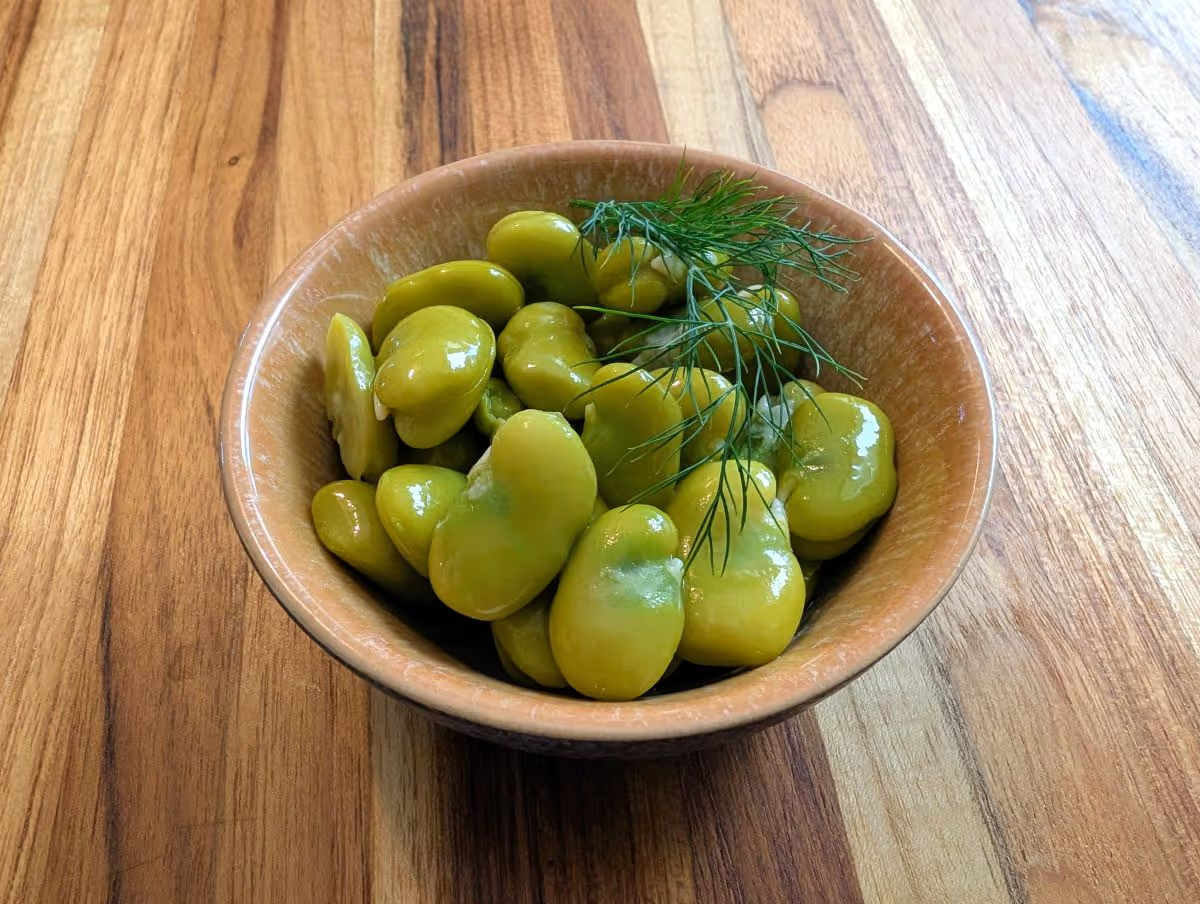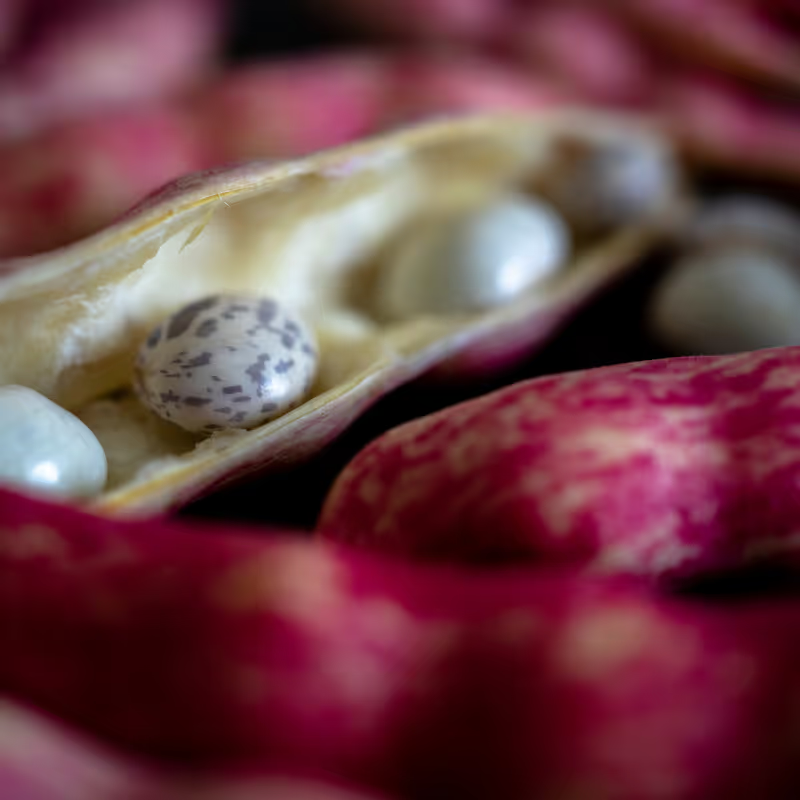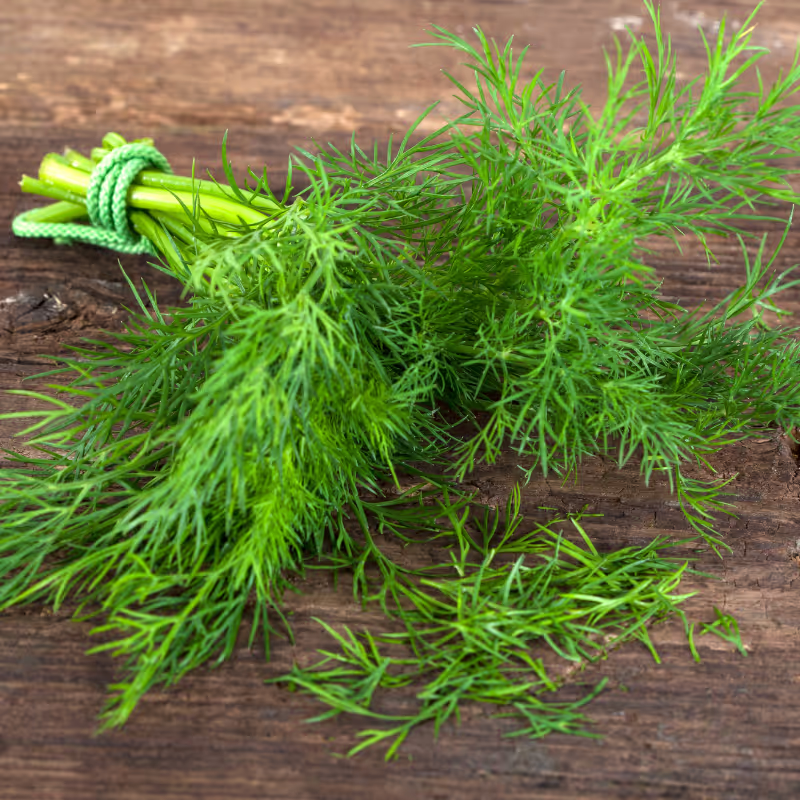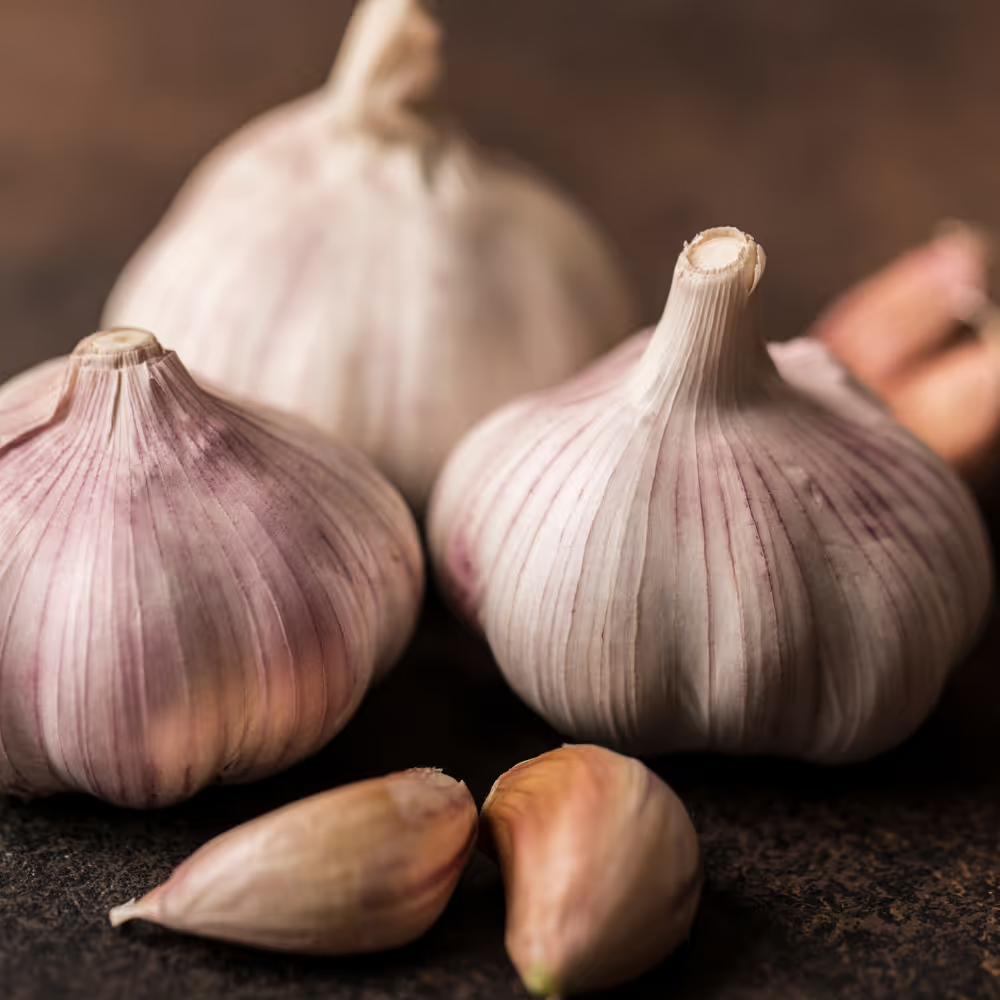
Fresh fava beans have a fleeting season, but fermentation lets you enjoy their flavor long after they disappear from your CSA Box. In this small-batch ferment, the beans are packed with sliced garlic, fragrant dill, and a strip of lemon peel that brightens every bite. The result is tangy, savory, and slightly creamy—perfect for snacking, topping, or adding to all kinds of savory dishes.
Lacto-fermentation works especially well with green fava beans because their firm texture holds up well to the brine, and their starchy insides develop a mellow, complex flavor as they ferment. Paired with herbs and citrus, this simple combination transforms into something punchy and memorable in less than a week.
This pint-sized ferment is easy to scale and customize depending on what you have on hand. It's a great way to preserve a haul of fresh favas and turn them into a versatile condiment or side.
If you're new to fermenting, it’s worth taking a few minutes to understand the basic tools, techniques, and safety tips involved. Head over to this post for a practical primer. It covers everything from choosing jars to what to expect during the bubbling phase, so you can start with confidence.
Customizing This Dish
- No fresh dill? Substitute with a pinch of dill seed or use fresh chives or a few fennel fronds.
- Garlic too strong? Use half a clove or try a slice of shallot for a milder flavor.
- Add heat with a pinch of red pepper flakes or a slice of fresh chili.
- Like a spiced ferment? Add ½ tsp mustard seeds or a few black peppercorns for more aromatic depth.
What to Serve with Fermented Fava Beans
- Snack plate: Serve with olives, cheese, crusty bread, and nuts.
- Toast topping: Mash slightly and layer on ricotta or labneh over grilled bread.
- Salads and bowls: Add whole or chopped to grain salads, pasta salads, or couscous.
- Cooked dishes: Stir into sautéed greens or spoon over warm roasted potatoes.
- Wraps and mezze: Use as a tangy element in pita wraps or alongside hummus and baba ganoush.
How to Store Them
Once fermented to your preferred level of tang, remove any weight and seal the jar with a lid. Store the beans in the refrigerator, where they’ll continue to slowly develop flavor over time. They’ll keep well for up to 6 months when fully submerged in brine. Use clean utensils to remove beans from the jar to avoid introducing contaminants.

Dill & Lemon Fermented Fava Beans
- 1 pint mason jar
- Fermentation weight
- Fermentation lid
- 1 cup shelled fresh fava beans
- 1 clove garlic, sliced
- 1 small sprig fresh dill (about 3–4 inches)
- 1 strip of lemon peel (about 1 inch long, yellow part only)
- 1 cup filtered water
- 1 ½ tsp non-iodized (pickling, kosher, or sea salt)
- In a small bowl or measuring cup, dissolve the salt in the water. Set aside.
- Shell the fava beans. Blanch them for 3 minutes in boiling water, then immediately place them in a bowl of ice water to stop them from over cooking. Slip off the outer skins.
- Place the sliced garlic, dill sprig, and lemon peel in the bottom of a sterilized pint jar. Add the fava beans on top, leaving about 1 inch of headspace.
- Pour the saltwater brine into the jar until the beans are fully submerged. Use a fermentation weight or a small ziplock bag filled with extra brine to keep everything underwater.
- Loosely cover the jar with a lid (not tightly sealed) or use an airlock lid if you have one. Place the jar on a plate or tray to catch any overflow and ferment at room temperature (65–75°F) out of direct sunlight.
- Look for bubbles and taste starting around day 4. The beans should develop a pleasant tang and slight effervescence. Most batches finish between 5–10 days, depending on temperature and taste preference.
- Once fermented to your liking, remove the weight, seal the jar with a lid, and refrigerate. The beans will keep in the fridge for up to 6 months.



